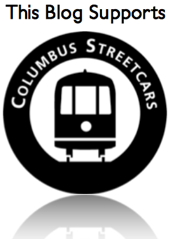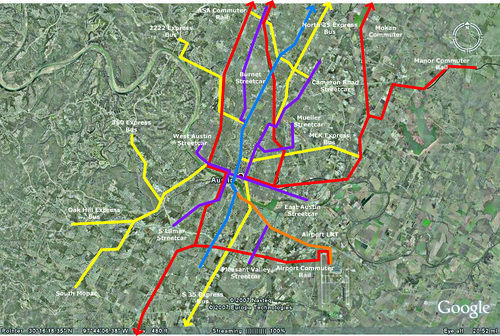Sound Transit 2.1
Austin Guadalupe Light Rail
California HSR
Geary Subway
Subway to the Sea


I've also been thinking about the need for a national transit campaign infrastructure. Everyone is really good at keeping up with the local causes but does there need to be some central place for organizing or getting the word out? I'm interested in the model that is used by Daily Kos or MyDD where they have a blog but also have user diaries. Instead of diaries however, because everyone has their own blog, perhaps it would be campaigns. This central blog would have contributors from each metro area discussing what is happening on the battlefield and where things are headed. Many of the blogs do that but this could be a central place to see what is going on nationally kind of like what the City Transit aggregator is trying to do. Perhaps it's a glorified version of the City Transit Aggregator.
Another important thing about this national info hub would be the ability to raise money around campaigns like Act Blue does for Democrats and Slatecard does for Republicans. Basically there are a whole lot of people out there who are interested in national transit policy and could use this as a way to get involved locally where alot of the big decisions are being made and help influence policy at the national level that helps cities get the funding they need for local projects. What do folks think? Is it something that should be fleshed out? Would people be interested in this kind of thing?




